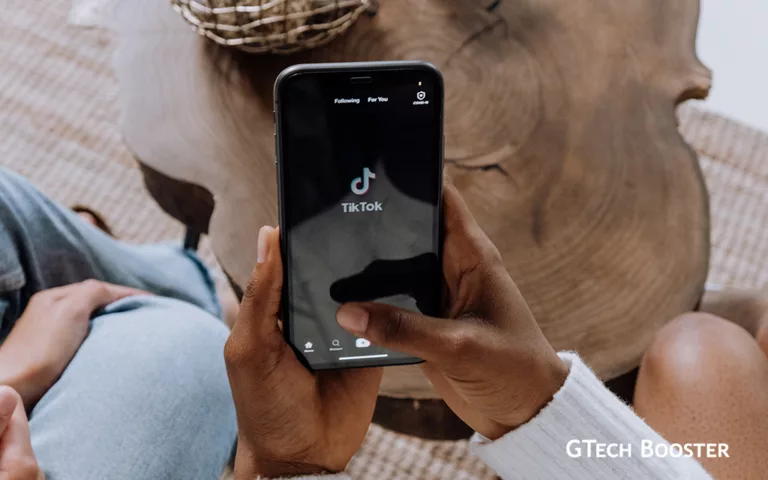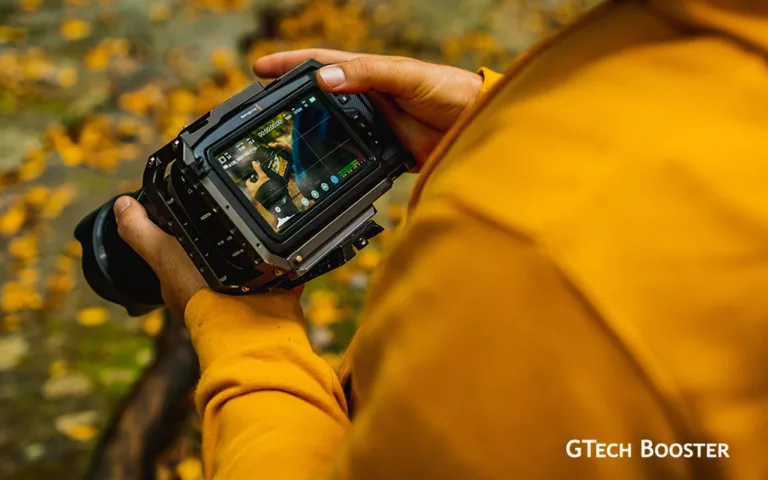Recommended video bitrates for SDR and HDR uploads
Video bitrates refer to the amount of data transferred per second for video content and are usually measured in megabits per second (Mbps). A higher bitrate generally means better video quality, but it also results in larger video file sizes.

Video bitrate is a term used to describe the number of bits used per second to represent video data after source coding (data compression). It determines the size and quality of video files, with higher bitrates resulting in higher quality videos with larger file sizes. Bitrate is usually measured in megabits per second (Mbps) for streaming videos, and the ideal bitrate depends on factors such as the resolution of the video and the frame rate.
For example, for 1080p videos, the recommended bitrate range is usually between 3,500 to 6,000 Kbps, while 4K (2160p) videos require much higher bitrates of up to 6685 Mbps for HDR uploads. It’s important to note that a high bitrate is essential for streamers, as it ensures that the video does not appear pixelated or blurry, and retains its quality.
Bitrates for SDR uploads
Recommended video bitrates for SDR uploads may vary depending on the platform and the frame rate of the video. Here are some general guidelines for recommended video bitrates for SDR uploads on YouTube. Keep in mind that these are general guidelines and your specific bitrate may vary depending on the content of your video and the platform you are uploading to. It’s important to test your videos to make sure they achieve the desired quality while keeping the file size manageable.
- 8K: 80-160 Mbps or 120-240 Mbps
- 2160p (4K): 35-45 Mbps, 53-68 Mbps, 3545 Mbps, 5368 Mbps
- 1440p (2K): 16 Mbps, 24 Mbps
- 1080p: 8 Mbps, 12 Mbps
- 720p: 5 Mbps, 7.5 Mbps
It is important to note that the recommended playback bitrate is not related to video resolution and the recommended bitrates for audio are 128 kbps for mono, 384 kbps for stereo, and 512 kbps for 5.1.
Recommended video bitrates for HDR uploads
- 8K: 100 – 200 Mbps , 150 to 300 Mbps
- 2160p (4K): 44-56 Mbps for 30 fps , and 66-85 Mbps for High frame rates; 4456 Mbps , 6685 Mbps
- 1440p (2K): 20 Mbps, 30 Mbps
- 1080p: 10 Mbps, 15 Mbps
- 720p: 6.5 Mbps, 9.5 Mbps
Note that these values may differ slightly depending on the specific source and context, but generally, these values should be applicable for HDR uploads.
Recommended audio bitrates for uploads
| Type | Audio Bitrate |
|---|---|
| Mono | 128 kbps |
| Stereo | 384 kbps |
| 5.1 | 512 kbps |
Resolution and aspect ratio
The standard aspect ratio for YouTube on a computer is 16:9. When uploading other aspect ratios such as vertical or square, the player automatically adapts itself to the size of the video. This setting gives the best viewing experience based on the aspect ratio and device.
Recommended color space for SDR uploads
YouTube recommends BT.709 as the standard color space for SDR uploads:
| Color Space | Color Transfer Characteristics (TRC) | Color Primaries | Color Matrix Coefficients |
|---|---|---|---|
| BT.709 | BT.709 (H.273 value: 1) | BT.709 (H.273 value 1) | BT.709 (H.273 value 1) |
YouTube standardizes functionally similar color matrices and primaries before processing the video. For example, BT.601 and BT.709 TRC are identical, and YouTube unifies them to BT.709. Or, BT.601 NTSC and PAL have functionally similar color matrices and YouTube unifies them to BT.601 NTSC. In addition, YouTube may take the following actions to interpret the color space values:
| When | YouTube Action |
|---|---|
| The upload color space has unspecified TRC. | Assumes BT.709 TRC. |
| The upload color space has unknown or unspecified color matrix and primaries. | Assumes BT.709 color matrix and primaries. |
| The upload color space mixes BT.601 and BT.709 color primaries and matrix with specified values. | Uses the color matrix to override the color primaries and make them consistent. |
| The upload color space mixes BT.601 and BT.709 color primaries and matrix, and either primaries or matrix is unspecified. | Uses the specified value of color primaries/matrix to set and override the unspecified one. |
Recommended color space for HDR uploads
Refer to the Upload HDR videos article. Learn how to use Spatial Audio, 360 video, and virtual reality video so your viewers can experience your video’s sound in all directions, just like real life.
After the upload color space standardization, YouTube checks if the color space matches BT.709 or BT.601, in which case the color space passes through. Otherwise, YouTube converts the unsupported color spaces to BT.709 by mapping pixel values.Note: YouTube converts the color primaries that require high bit depth without a supported HDR transfer function to avoid banding, such as BT.2020, to BT.709 (8-bit). YouTube converts full color range to limited color range. Warning: YouTube does not recommend the RGB color matrix on uploads. In this case, YouTube initially sets the color matrix to unspecified before the standardization. It will then infer the color matrix using the color primaries during standardization. Note that sRGB TRC will convert to BT.709 TRC. YouTube re-tags the color primaries/matrix/TRC to BT.709 if it is not supported by FFmpeg colorspace conversion filter.














